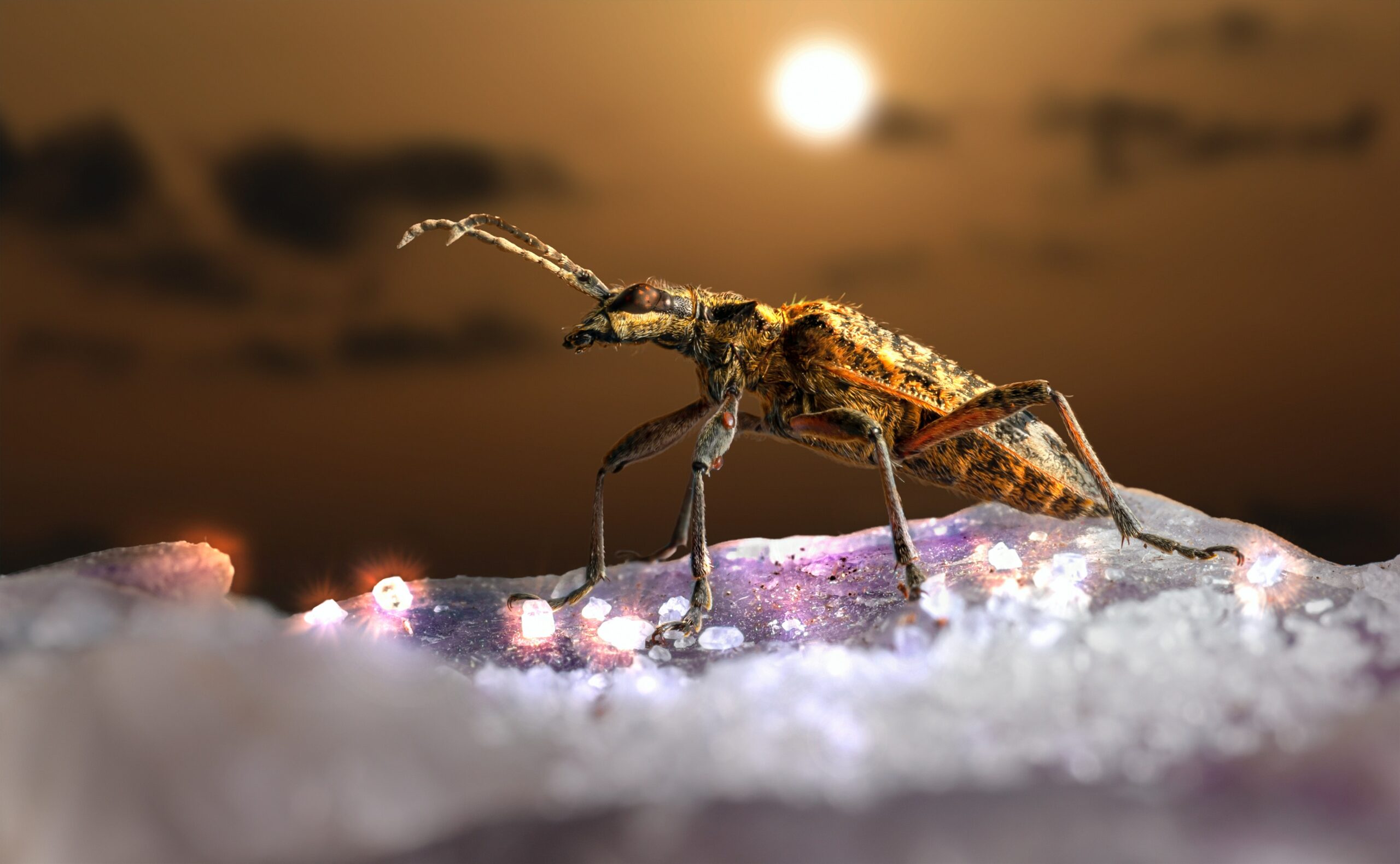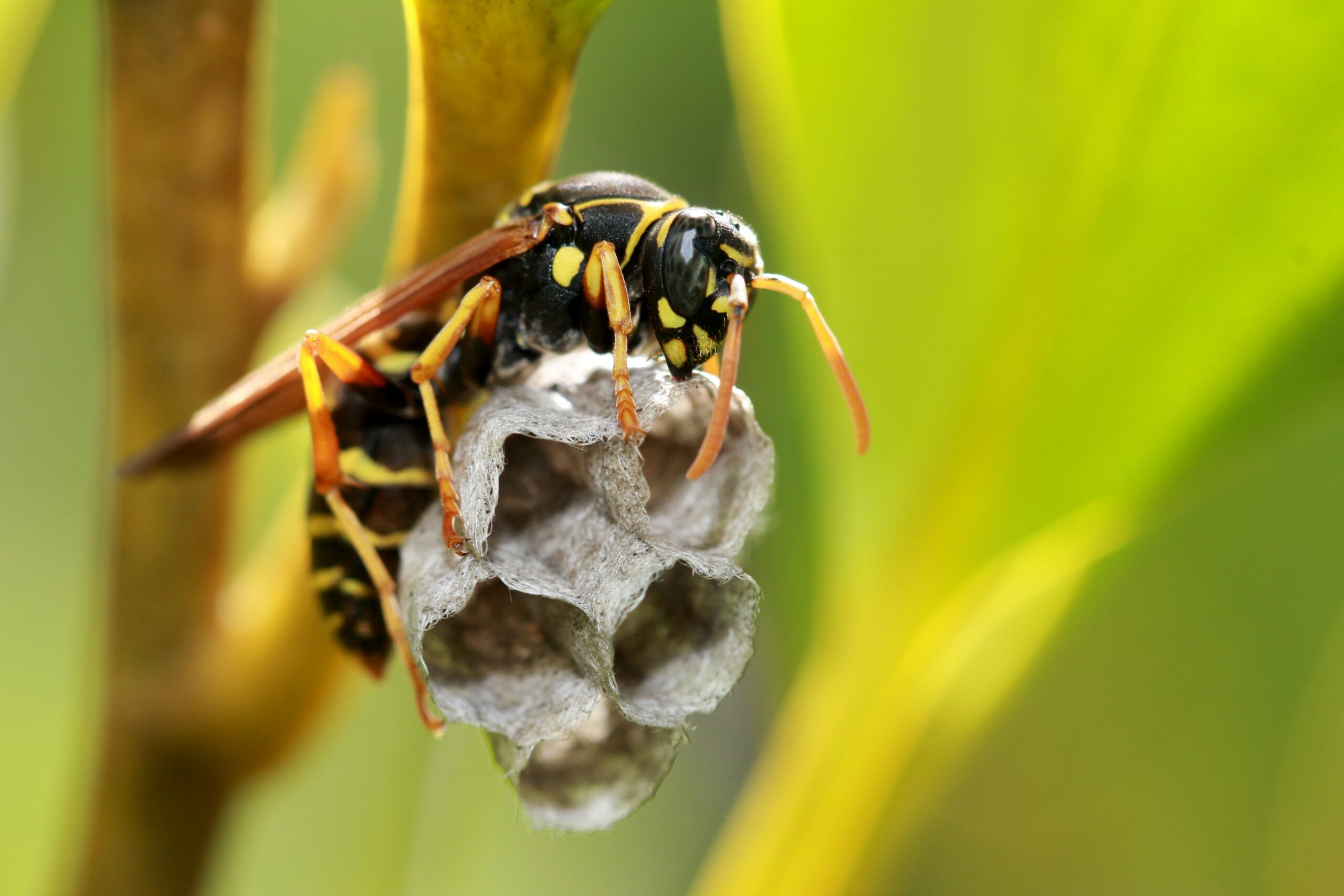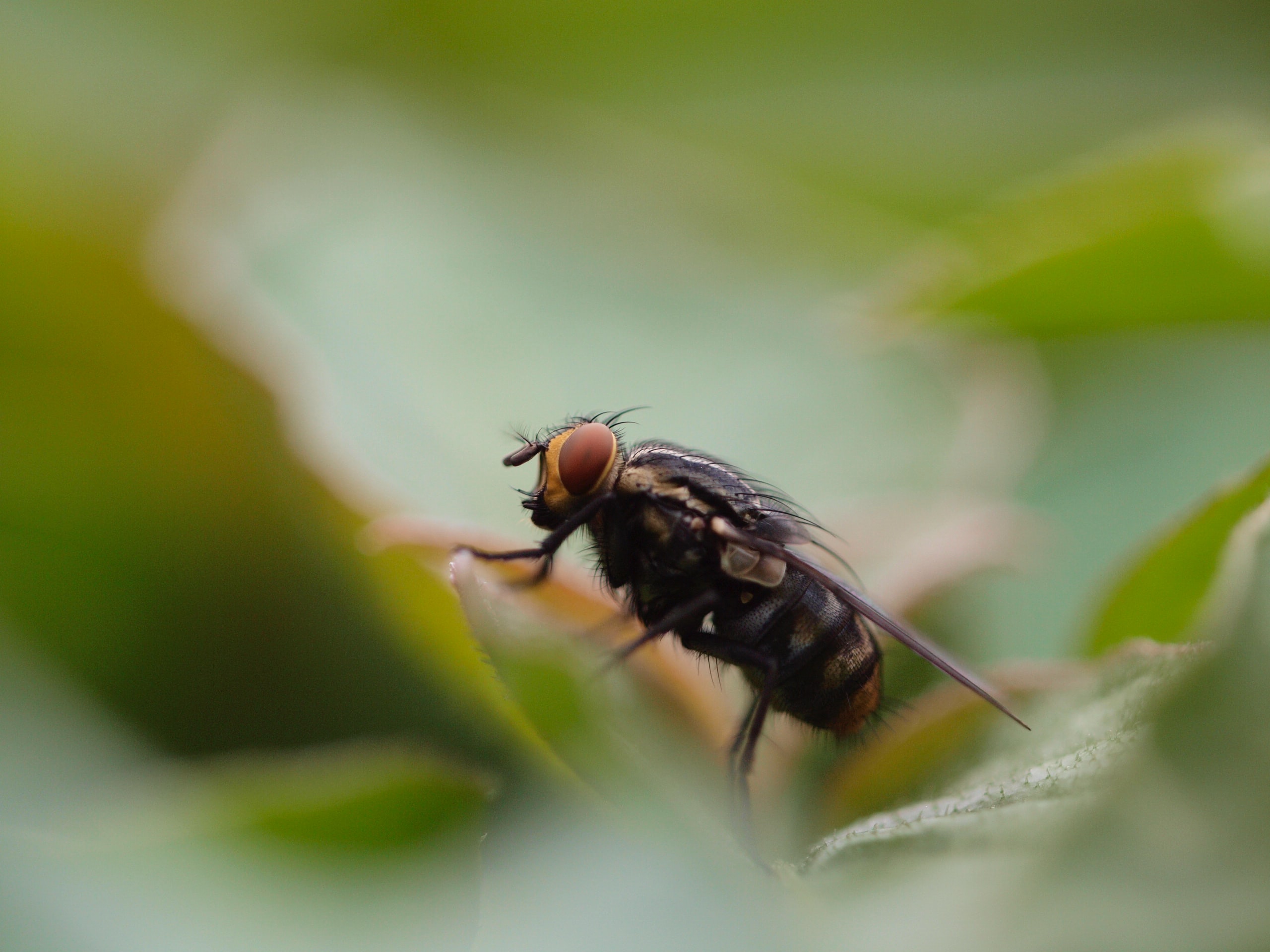
- 20 Apr 2021
- Leroy Silva
- Blog
- Comments: 0
Whenever it comes to food production, one fundamental issue must be addressed. How will we provide food for all people when? According to projections, there will be 10 billion of us by 2050?. If the world’s population grows, more people will turn to a Western diet rich in meat and dairy products. Which will necessitate nearly doubling the amount of productive farmland – posing a new challenge of integrated pest control management. How to ensure that enough nutritious food is produced using methods that are both safe for people and the environment.
What Is Integrated Pest Management?
Integrated Pest Management is described in a variety of ways (IPM). But the target is the most important thing: use biological agents wherever possible and chemicals only when necessary. Several methods are included in the toolkit for achieving this aim. As a result, the role of an IPM advisor is highly varied and fascinating, but it can also be difficult at times. Below is a list of the most popular integrated pest management resources.

The Condition Of The Soil
The foundation for healthy cultivation is a substrate or healthy soil. The state of the substrate or soil should be viewed not only from a biological standpoint but also from an aesthetic standpoint.
i.e. reducing pests and diseases spread through the soil, but also from a chemical standpoint – the proper mineral balance in the soil or the nutrient solution used Physical considerations like the porous soil structure or substrate, which allows for gaseous exchange between both the air and the root zone, should also be taken into account.
Variety Of Varieties
The vulnerability of different plant varieties to diseases and pests varies significantly. This is due to a combination of genetic and environmental factors. Differences in the composition of individual varieties’ plant sap and leaf. Tissue are also important in the production of pests and diseases.
Precise Seeding
This method allows each plant to be grown in similar conditions, resulting in more uniform cultivation. As a result, animals that are vulnerable and more susceptible to pests and diseases can be prevented.
Crop Hygiene
This element of security necessitates attention during previous cultivation. All previous plants, as well as potential pests and diseases, must be carefully removed and put away from the cultivation area to prevent or postpone contamination of new plantings.
It’s also crucial to clean the greenhouse system and all of its contents thoroughly. The sources of contamination are reduced by removing even the tiniest sections of diseased plants from the new cultivation field.
Useful Insects
To be as successful as possible, the preventive release of natural enemies must be initiated early in the growth of the pest population. Natural enemies may be released before pests appear in some cases, it is also required for optimum effectiveness. Pollen or mites introduced as food may be consumed by certain beneficial mites.
Some beneficial insects, on the other hand, can be fed a special medium made from butterfly eggs. If parasitoids are used, they can be grown on separate plants of carefully selected species in a greenhouse.

Successive Release Of Beneficial Mites Or Insects
When a preventive release is unlikely or undesirable. The search data may be used to assess the timing and strength of introducing natural enemies.
Compatible Chemicals
Where non-chemical tools are insufficient to maintain the pest or disease level. Below the economically harmful threshold, chemical pesticides. May sometimes be used with little impact on natural enemies or microbial pesticides’ effectiveness. See the Koppert side effects database or the side effects app for more details. Often consult with the consumer to see whether the pesticide you’ve chosen meets the market’s requirements.
Adhesive pads and foam board traps are part of our technique for safely eradicating bugs. Please contact us if you would like further information!
